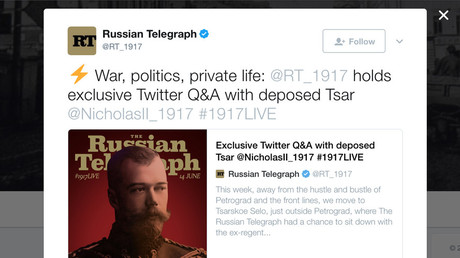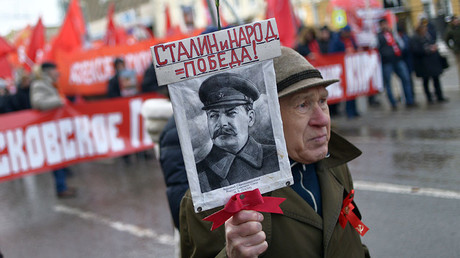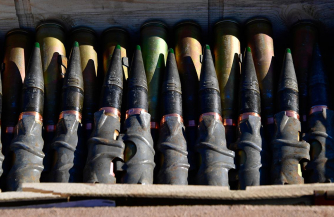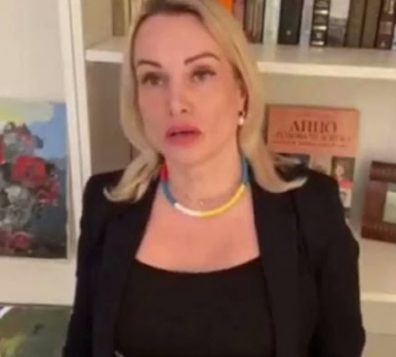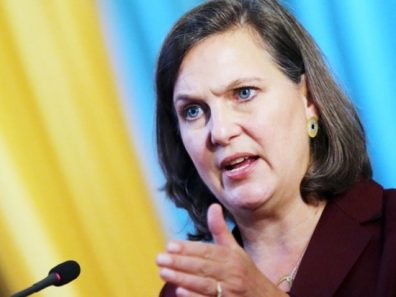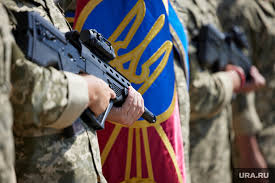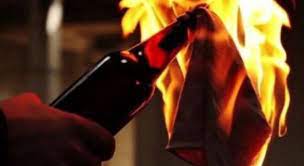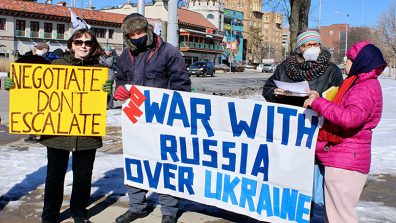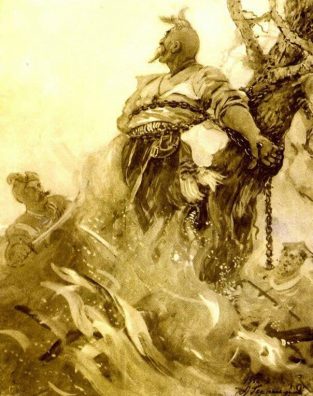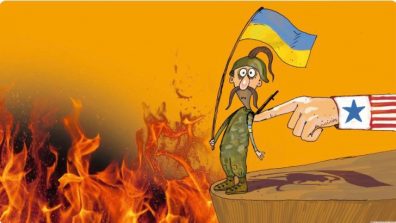Stalinists target Siberian monument to last Russian tsar
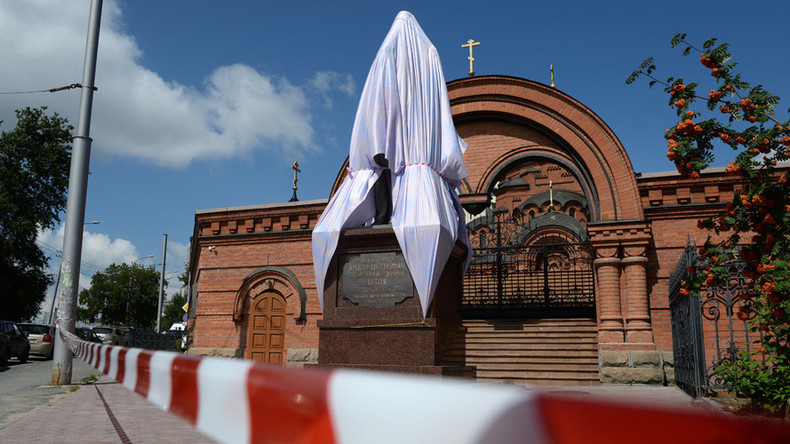
The monument – bronze statues of Nicolas II and his son Aleksey – was installed in mid-July near St. Aleksandr Nevsky Cathedral. This week, a group of activists addressed Novosibirsk City Hall and the regional directorate of the Prosecutor General’s Office with a request to remove the monument, claiming that it stands on the territory of a protected cultural site and does not have a license from the state body responsible for protecting such sites.
“In accordance with the Russian Civil Code any structure erected without an official license should be razed. We are asking the city authorities and the prosecutor’s office to launch an investigation into the illegal installation of the monument to Nicolas II, remove this monument and hold the persons who installed it accountable,” the letter reads.
Earlier, Novosibirsk Mayor Aleksandr Lokot told the press that the monument to Russia’s last tsar stands on plot of land that belongs to the church and therefore needs no license from secular authorities. The activists, however, insist that the land under the statues belongs to Novosibirsk Region and that all standard rules should apply to it.
Local press reported that the group seeking the removal of the monument previously sought to install a bust of Soviet leader Joseph Stalin in Novosibirsk, to honor his role in the victory over Nazism.
About two weeks after the monument to the last tsar and his heir apparent was unveiled, a 32-year-old local resident placed a ladder against it and climbed up to damage the head of Aleksey’s statue with an ax. The man was detained but refused to give any testimony about his motives, and is currently facing charges of vandalism. People looking after the statues first covered the head of Aleksey’s figure with a cloth and then covered the whole monument. This week, someone put the slogan “Forgive us, monarch!” near it.
According to public opinion research released in April this year, Stalin’s popularity in Russia has tripled since 1990, although respondents only compared the late leader with other figures involved in the 1917 Bolshevik Revolution, including Nicolas II (the share of people who sympathize with Stalin is now 24 percent and the share of those who sympathize with Nicolas II is about 16 percent).
In a different research conducted in March this year, 54 percent of respondents described their attitude to Stalin as positive, 17 percent said their attitude was negative, 32 percent said they were indifferent, and 14 percent could not give a definitive answer.
At the same time, a poll conducted in 2013 in connection with the 400th anniversary of the Romanov royal house showed that 28 percent of Russian citizens would agree to the rule of tsars, but only 6 percent said that a modern monarch must be from the Romanov dynasty. The majority of respondents — 67 percent — said that Russia should leave the monarchy in the past and remain a democracy.

